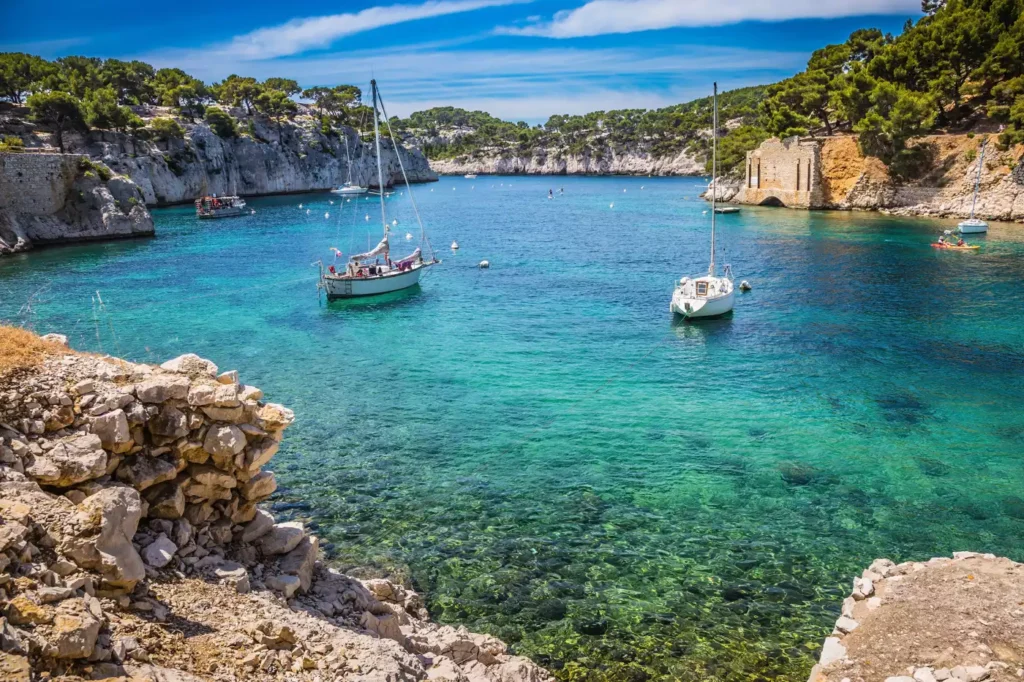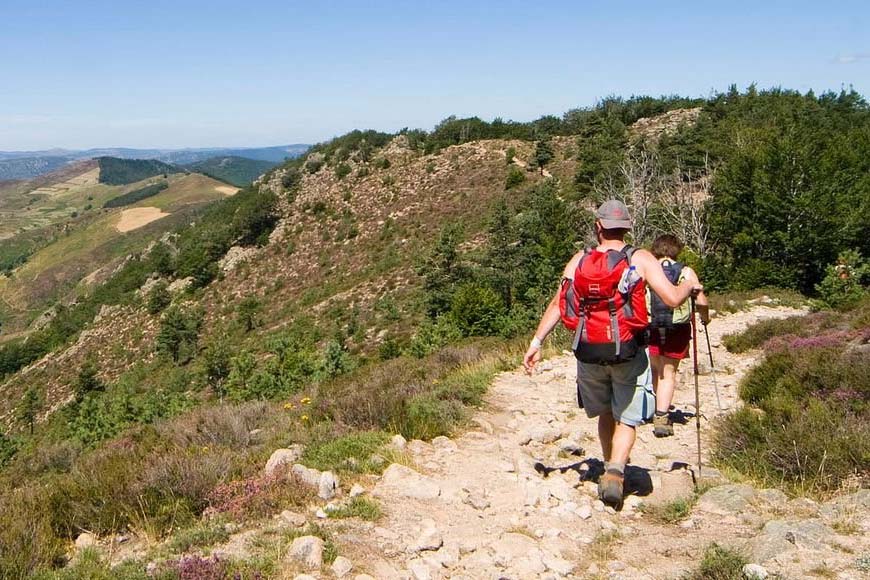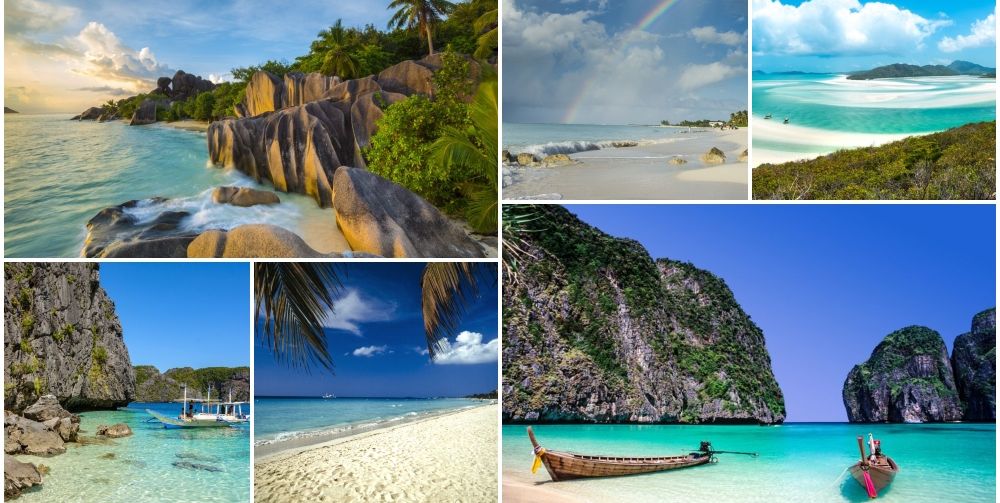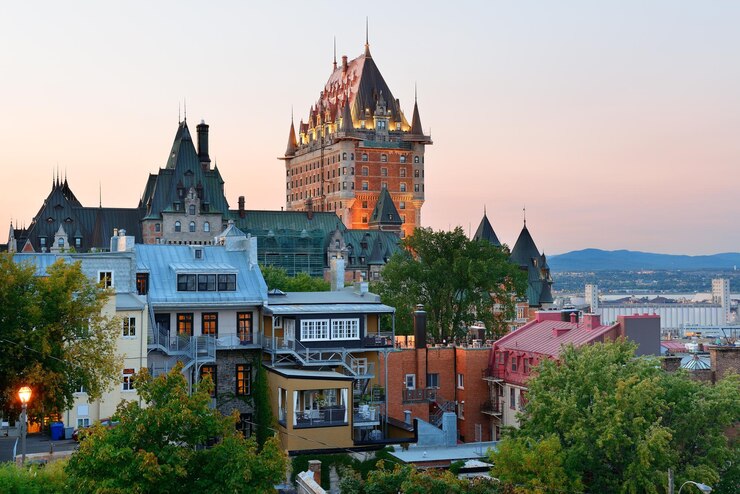UNESCO National Parks

Europe, with its diverse landscapes and rich cultural heritage, is home to some of the most breathtaking natural wonders on the planet. A number of these pristine landscapes have been recognized and preserved as UNESCO World Heritage Sites, ensuring their protection for future generations. In this article, we will take a journey through some of the most beautiful UNESCO National Parks in Europe, where stunning scenery, unique ecosystems, and a touch of history converge to create an unforgettable experience for visitors.
Plitvice Lakes National Park, Croatia
Nestled in the heart of Croatia, Plitvice Lakes National Park is a mesmerizing tapestry of sixteen terraced lakes interconnected by a series of waterfalls. The turquoise waters, lush greenery, and diverse flora and fauna make this park a haven for nature enthusiasts. Wooden walkways guide visitors through this aquatic paradise, offering an up-close view of the park’s cascading waterfalls and vibrant wildlife.
Cévennes National Park, France

France’s Cévennes National Park, located in the rugged mountains of the Massif Central, is a haven for biodiversity and a celebration of traditional rural landscapes. Characterized by deep gorges, limestone plateaus, and meandering rivers, the park showcases the harmonious coexistence of nature and human activities. Hiking trails lead through picturesque villages, providing an immersive experience into the region’s cultural and historical heritage.
Sarek National Park, Sweden
Tucked away in the northern reaches of Sweden, Sarek National Park is a wilderness enthusiast’s dream. With its rugged mountains, pristine glaciers, and vast expanses of untouched wilderness, Sarek offers a true taste of the Arctic landscape. Visitors can embark on challenging treks, witness the mesmerizing Northern Lights, and encounter a variety of Arctic wildlife, including reindeer, arctic foxes, and golden eagles.
Durmitor National Park, Montenegro
Montenegro’s Durmitor National Park is a masterpiece of nature, featuring dramatic limestone peaks, glacial lakes, and dense pine forests. The Tara River Canyon, Europe’s deepest canyon, carves its way through the park, offering exhilarating opportunities for white-water rafting. The park’s diverse ecosystems are home to rare and endemic species, making it a haven for biodiversity.
Swiss Alps Jungfrau-Aletsch, Switzerland
The Jungfrau-Aletsch region in the Swiss Alps is a pristine wilderness where towering peaks, glaciers, and alpine meadows captivate the imagination. Home to the largest glacier in the Alps, the Aletsch Glacier, this UNESCO World Heritage Site offers stunning vistas and unparalleled opportunities for hiking and mountaineering. Traditional mountain villages add a touch of charm to the breathtaking natural scenery.
Conclusion
Europe’s UNESCO National Parks are a testament to the continent’s commitment to preserving its natural treasures and cultural heritage. Whether it’s the cascading waterfalls of Plitvice Lakes, the untamed wilderness of Sarek, or the majestic peaks of the Swiss Alps, each park tells a unique story of the symbiotic relationship between nature and humanity. These protected areas not only offer a visual feast for the senses but also provide a vital sanctuary for the preservation of our planet’s biodiversity. As we explore these stunning landscapes, we are reminded of the importance of responsible tourism and environmental conservation to ensure these natural wonders endure for generations to come.



